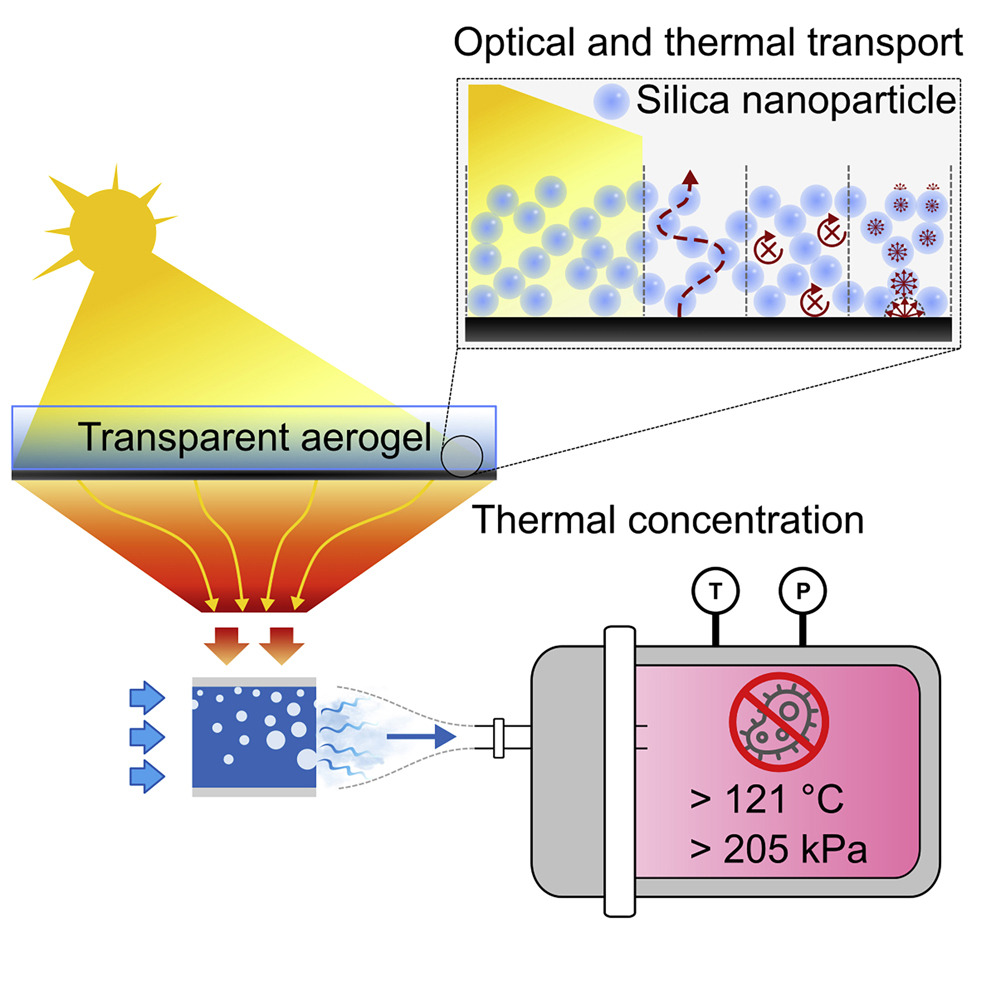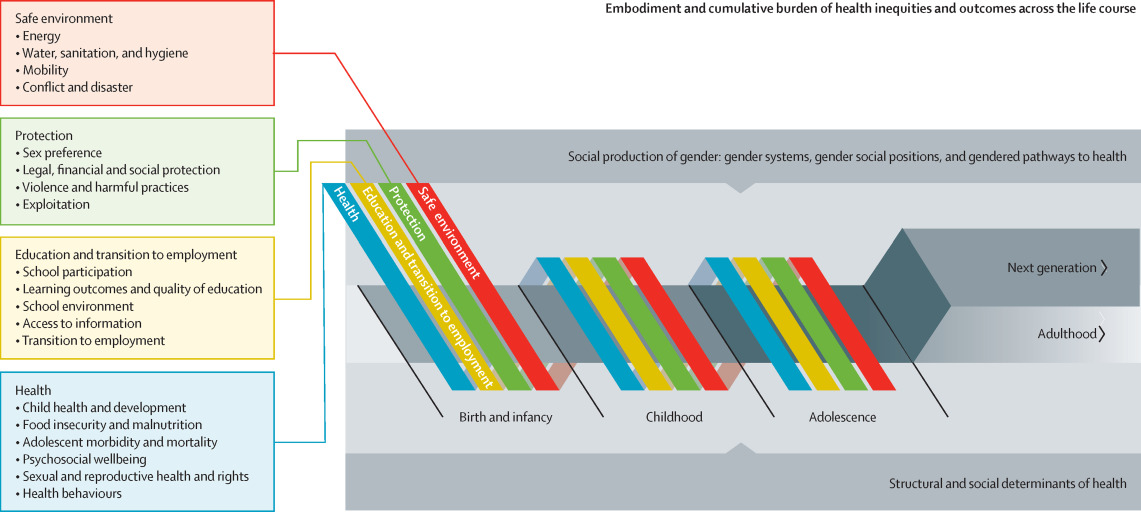The recent sharp increase of sensitivity towards environmental issues arising from plastic packaging has boosted interest towards alternative sustainable packaging materials. This new trend promotes the industrial exploitation of knowledge on chitosan-based films. Chitosan has been extensively investigated and used due to its unique biological and functional properties. However, inherent drawbacks including low mechanical properties and high sensitivity to humidity represent major limitations to its industrial applications, including food packaging.
Transforming food systems is essential to ensuring nutritious, safe, affordable, and sustainable diets for all, including children and adolescents. This paper proposes a new conceptual framework (the ‘Innocenti Framework’) to better articulate how the diets of children and adolescents are shaped by food systems.
Building on the Innocenti Framework on Food Systems for Children and Adolescents, this paper describes the significance of a food systems approach to improving children's diets. It summarizes the key learnings on effective intervention design from the papers in this special issue, focusing on the determinants in the framework: food supply chains, food environments, and behaviors of caregivers, children and adolescents. It lays out relevant policy and programmatic implications and organizes these according to the Nuffield ladder of public policy interventions.
Wildland firefighters work on wildfire incidents all over the United States and perform arduous work under extreme work conditions, including exposure to smoke. Wildland fire smoke is a mixture of hazardous air pollutants. For assessing wildland firefighter exposure to smoke, most studies measured carbon monoixde (CO) and particulate matter and reported changes in lung health by measured lung function, airway responsiveness, and respiratory symptoms across individual work shifts and single fire seasons.
The recent sharp increase of sensitivity towards environmental issues arising from plastic packaging has boosted interest towards alternative sustainable packaging materials. This new trend promotes the industrial exploitation of knowledge on chitosan-based films. Chitosan has been extensively investigated and used due to its unique biological and functional properties. However, inherent drawbacks including low mechanical properties and high sensitivity to humidity represent major limitations to its industrial applications, including food packaging.
Restoration thinking provides a new paradigm for charting a bold future that prevents further loss of biodiversity and habitat destruction, avoids catastrophic climate change, and promotes the well-being and safety of all people. Ten paths guide actions to restore and care for Earth and all its living creatures.


